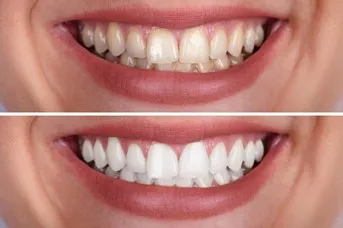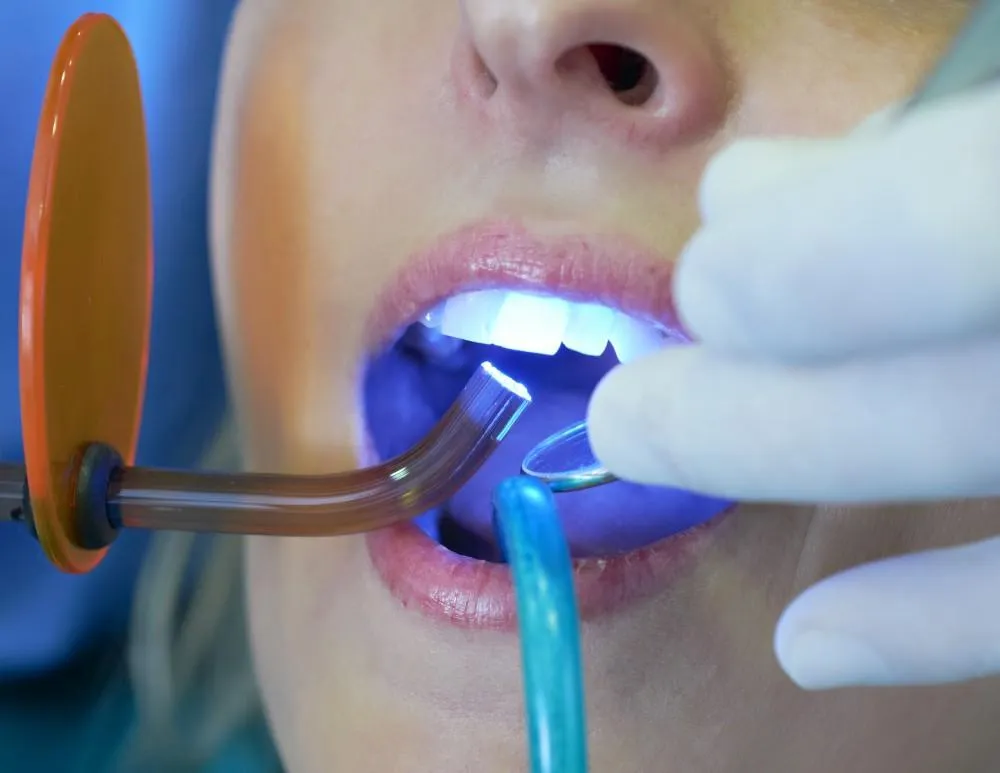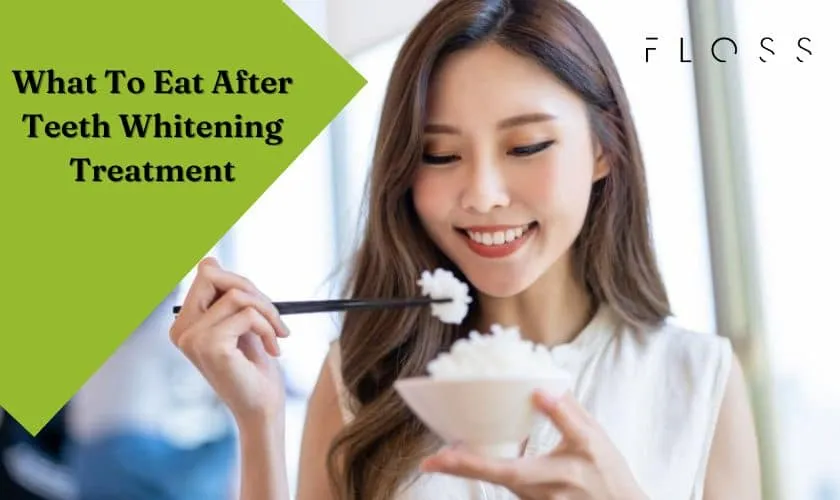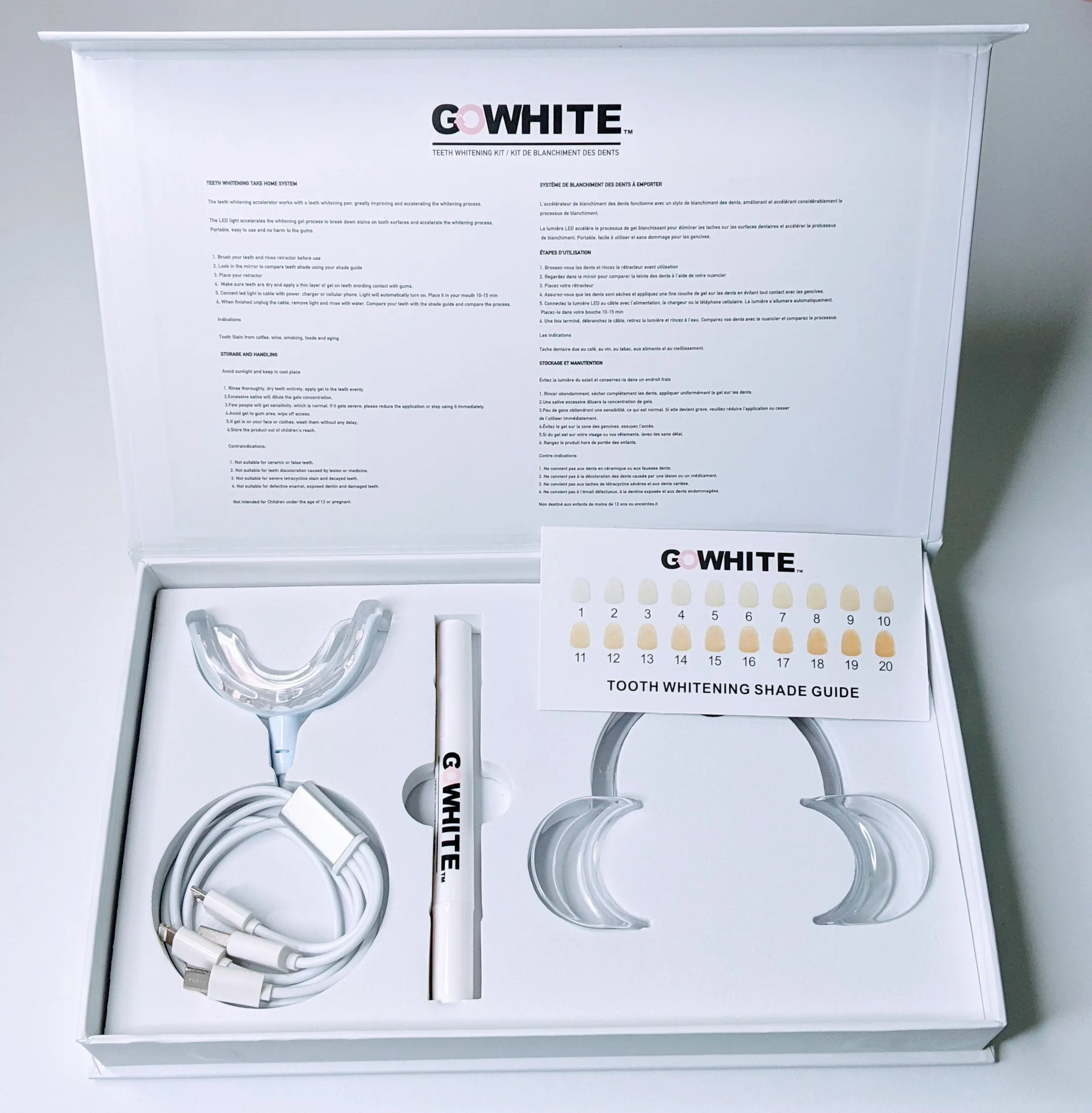Understanding Teeth Whitening Aftercare
Teeth whitening is a fantastic way to brighten your smile and boost your confidence. However, to ensure the longevity and effectiveness of your whitening treatment, it’s crucial to follow proper aftercare instructions. This includes paying close attention to what you eat and drink. The first few days after your teeth whitening procedure are critical, as your teeth are more susceptible to staining. Understanding the science behind this temporary sensitivity is key to making informed choices about your diet. The enamel pores, which have been opened during the whitening process, can easily absorb pigments from foods and drinks. This is why a carefully planned diet is essential to protect your newly whitened teeth and prevent discoloration. Proper aftercare will help you maintain your brilliant smile for longer.
Why Diet Matters After Whitening
The foods and beverages you consume immediately after a teeth whitening treatment can significantly impact the results. Certain substances contain pigments that can stain the porous enamel of your teeth, causing them to revert to their previous color or develop uneven staining. During the whitening process, the enamel’s pores open, making it more vulnerable to staining. Staining agents can easily penetrate these pores, negating the whitening effect and potentially leading to a less-than-desirable outcome. By adhering to a diet that avoids staining agents, you can protect your investment in a brighter smile and maximize the duration of your teeth whitening results. Careful selection of your foods and drinks is therefore not just a suggestion but a necessity to ensure your teeth remain white and radiant for an extended period.
Top 5 Foods to Eat After Teeth Whitening

Choosing the right foods after teeth whitening is essential for maintaining your bright, new smile. Focus on foods that are white or light in color, as these are least likely to stain your teeth. Eating a diet of mostly white and clear foods for the first few days after your treatment is often recommended by dentists. This will help to minimize the risk of your teeth absorbing any pigments that could cause staining. Here are five food categories you can enjoy after teeth whitening, allowing you to eat with confidence while protecting your newly whitened teeth. These foods are not only safe but can also be delicious and satisfying.
White and Mild Foods
Opting for white and mild foods is a safe and enjoyable way to eat after teeth whitening. These foods have minimal staining potential and won’t jeopardize your bright smile. Consider items like plain white bread or white crackers as snacks. Creamy, mild cheeses such as mozzarella or ricotta are also excellent choices. These foods are not only safe but also generally easy to incorporate into your post-whitening diet, providing you with a variety of options to enjoy. Remember to avoid any added sauces or toppings that could contain staining agents.
Chicken and Turkey
Lean proteins like chicken and turkey are excellent choices for your post-whitening diet. Prepare them plain, without dark sauces or marinades, to prevent staining. Grilled, baked, or boiled chicken and turkey breast offer a satisfying meal without the risk of color transfer. Remember to avoid skin, as it can sometimes contain spices or ingredients that could lead to discoloration. This protein provides essential nutrients, supporting overall health without compromising your teeth whitening results. Enjoying these proteins can make your diet both healthy and safe during this period.
White Rice and Pasta

White rice and pasta are safe choices that can be easily integrated into your diet. Plain white rice is mild and gentle on your teeth, while white pasta offers a versatile base for various meals. Be cautious about the sauces and toppings you add; stick to clear or white options such as butter or cream sauce, avoiding anything with dark pigments like tomato sauce or pesto. These foods provide a satisfying base to your meals, helping you to feel full and content while ensuring that you protect your gleaming smile. The light colors of these foods minimize the risk of any staining and help to maintain your teeth’s whiteness.
Dairy Delights
Dairy products like milk, yogurt, and certain cheeses are excellent additions to your post-whitening diet. Milk is naturally white, providing a safe and nutritious beverage. Plain yogurt, without any added fruits or coloring, is another great option. Certain cheeses, such as mozzarella, ricotta, and white cheddar, can be enjoyed without concern. These foods not only offer nutritional benefits but also contribute to the maintenance of your oral health. Avoid any dairy products with added colors or flavors that could potentially stain your teeth.
Bananas
Bananas are a safe fruit option that can be included in your post-whitening diet. Their light color and mild flavor make them a low-risk choice for your teeth. Avoid other fruits that have deep colors like berries, as they can stain your teeth. Bananas provide natural sweetness and essential nutrients, helping you to satisfy your cravings while safeguarding your newly whitened smile. Enjoying a banana as a snack ensures you stay within the dietary guidelines required after teeth whitening.
Beverages You Can Enjoy

Choosing the right beverages is as important as selecting the right foods after a teeth whitening treatment. It is best to drink beverages that are clear or light in color to avoid any chance of staining. Your beverage choices directly impact how well you maintain your new, brighter smile. Selecting the right beverages will keep your teeth sparkling white after your whitening treatment. Consider the following choices to stay hydrated and happy.
Water the Ultimate Choice
Water is undoubtedly the best beverage choice after any teeth whitening procedure. It has absolutely no staining potential and helps keep you hydrated, which is essential for overall health. Drinking plenty of water also aids in saliva production, which naturally helps to rinse your teeth and prevent staining. Water can be enjoyed at any time and is the most reliable way to maintain your whitened teeth. Make sure you consume sufficient amounts of water to protect and extend your whitening treatment.
Milk
Milk is a safe and nutritious beverage option after teeth whitening. Its white color means it poses no staining risk, and it also provides essential nutrients like calcium, which is beneficial for overall dental health. Milk can be a satisfying and healthy drink to incorporate into your diet. Be sure to avoid flavored milks, as they may contain coloring agents that could potentially stain your teeth. Choosing plain milk will allow you to enjoy a tasty and safe beverage option.
Foods to Avoid After Teeth Whitening

Avoiding certain foods and beverages is crucial for maintaining the results of your teeth whitening treatment. These items contain pigments that can easily stain your teeth, causing them to lose their brightness. By being mindful of what you eat and drink in the days following your treatment, you can prevent discoloration and keep your smile looking its best. Being aware of the items to steer clear of will help you to protect your investment in a brighter smile. Remember, this is a temporary dietary adjustment that will provide lasting results.
Foods That Stain
Foods known for their staining properties should be avoided. This includes items like soy sauce, balsamic vinegar, and curries, which can all contribute to discoloration. Dark sauces, dressings, and heavily pigmented spices should be avoided during this period to prevent staining. Being aware of these staining agents will help you make the right dietary choices, protecting your smile. Staining foods can quickly undo the effects of your whitening treatment, so it is essential to be cautious about what you eat.
Highly Pigmented Fruits
Certain fruits are high in pigment and can stain your teeth, so it is best to avoid them. This includes berries (strawberries, blueberries, raspberries), cherries, and grapes. These fruits contain strong pigments that can be absorbed into your enamel, leading to discoloration. Enjoying these fruits before your teeth whitening treatment is fine, but you should limit or avoid them for a period after the procedure. Instead, you can opt for safer alternatives like bananas.
Dark Sauces and Condiments

Dark sauces and condiments are notorious for staining teeth. These include soy sauce, balsamic vinegar, ketchup, and mustard. Any sauce or condiment with a deep color can quickly affect the whiteness of your teeth. It’s best to avoid these entirely in the initial days after your whitening treatment. These substances contain pigments that easily adhere to your teeth’s porous enamel, causing staining. Opt for light-colored dressings or sauces if needed to complement your meals without risking your smile.
The Importance of Staying Hydrated
Staying hydrated is crucial for maintaining your overall health, including the health and appearance of your teeth. Water helps in producing saliva, which naturally cleans your teeth and washes away potential staining agents. It also helps to re-mineralize your enamel, contributing to a stronger, whiter smile. Drinking adequate amounts of water will not only help keep your teeth white but also protect you against other health issues. Make water your primary beverage of choice, and drink it consistently throughout the day.
Tips for Maintaining Your White Smile
Beyond dietary choices, there are several additional steps you can take to prolong the effects of your teeth whitening treatment. Maintaining a consistent oral hygiene routine and attending regular dental checkups are key to preserving your bright, white smile. Remember that these are not just practices; they are an ongoing commitment to your oral health. Following these additional steps will help you to keep your smile radiant and healthy for years to come.
Brushing and Flossing

Brushing and flossing regularly are fundamental for maintaining a healthy and white smile. Brush your teeth at least twice a day, ideally after every meal, and floss once daily to remove plaque and food particles. This will help prevent staining and the buildup of bacteria that can lead to discoloration. Using a whitening toothpaste can also help maintain brightness, but always follow your dentist’s recommendations. Consistent brushing and flossing are simple, yet incredibly effective, in keeping your teeth bright and healthy.
Regular Dental Checkups
Regular dental checkups and cleanings are vital for maintaining a bright, healthy smile. Your dentist can remove any surface stains and monitor your oral health. Professional cleanings can also help remove any plaque or tartar buildup that can cause discoloration. Schedule checkups every six months, or as recommended by your dentist. During these visits, your dentist can also provide personalized advice and address any concerns you may have about maintaining your teeth’s whiteness. Regular professional care is an important part of your long-term smile maintenance plan.
